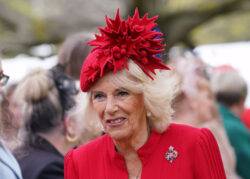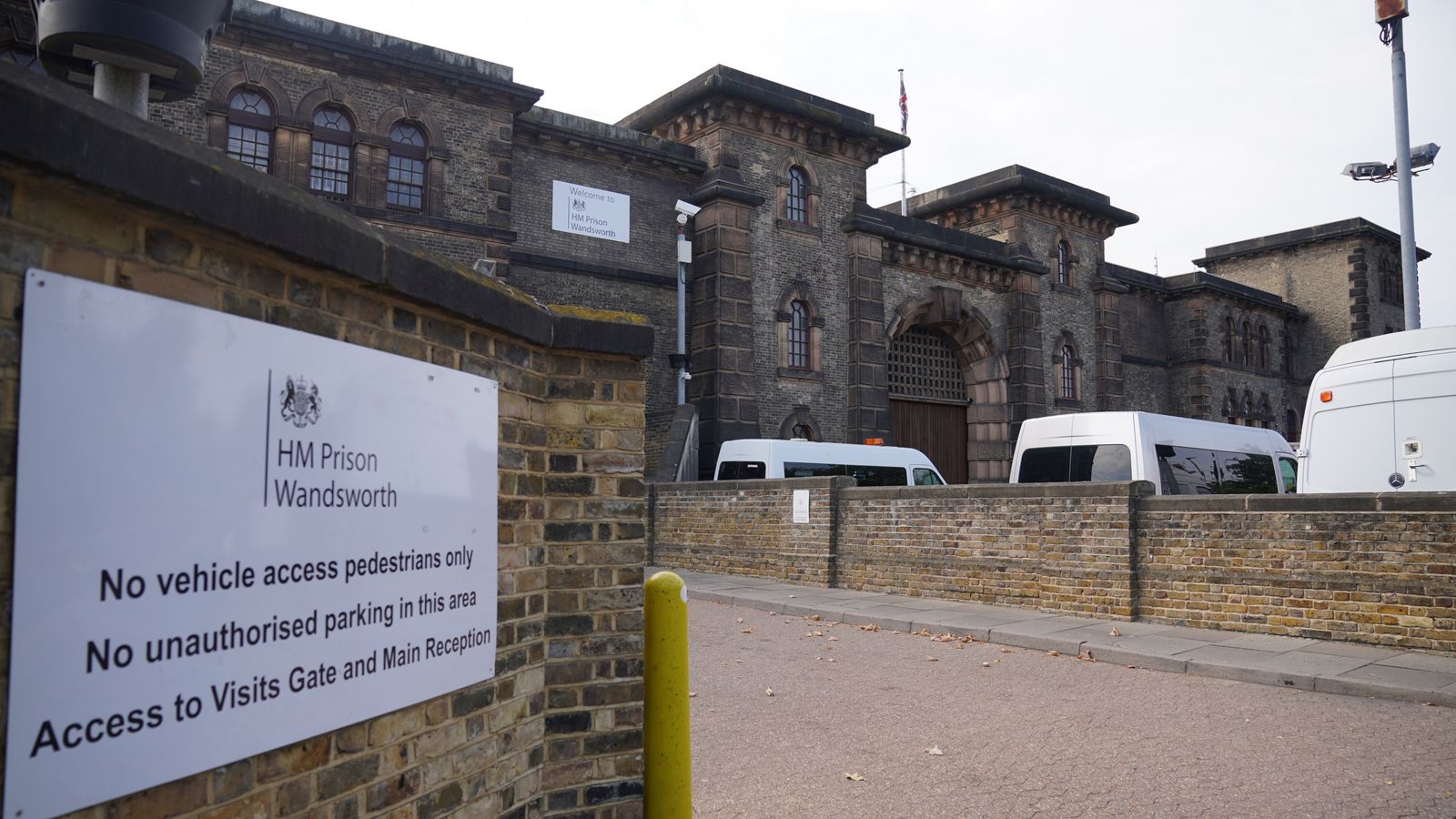Queen Camilla will be coronated alongside King Charles on May 6 (Picture:Getty)
Tomorrow (May 6) Queen Camilla will be coronated alongside her husband King Charles III.
Until recently and following the death of Queen Elizabeth II, Camilla was referred to as the Queen Consort.
However, on the official invitations for the coronation, she is simply addressed as Queen Camilla.
This has left many people to wonder whether, in the unfortunate instance of King Charles III’s death, would Camilla become a reigning queen, like her mother in-law Queen Elizabeth II was?
Let’s find out.
Could Camilla become a reigning queen?
The short answer is no – Camilla will never become a reigning queen.
Camilla is not in the line of succession to the throne (Picture: Reuters)
Unlike Queen Elizabeth II, Camilla is not a monarch and is instead a queen consort.
The queen consort is just the name given to the wife of a king; they have no ruling power and their role is merely to provide support to the monarch.
Only a descendant of the monarch can become king or queen when the sovereign has died.
Therefore, as Camilla is not a blood relative of the King, she has no claim to the throne.
For example, in 1952, following the death of her husband King George VI, Queen Elizabeth II’s mother, did not become a reigning queen and instead the crown was passed down to his eldest daughter.
Coronation of King Charles III latest
The historic Coronation of Their Majesties King Charles III and Queen Camilla will take place in Westminster Abbey on Saturday, May 6, 2023.
First look inside Tesco’s own pub celebrating the coronation
What travel disruption will there be in London over the May coronation bank holiday weekend?
More than 3,000 coronation street parties to take place this weekend
For all the latest royal updates, visit Metro.co.uk’s dedicated coronation page.
To view this video please enable JavaScript, and consider upgrading to a web
browser that
supports HTML5
video
In the event of Charles’ passing, Camilla will become known as the Queen Dowager, meaning the widow of a king.
In the past all queen consorts have been referred to as just the Queen, such asGeorge VI’s wife Queen Elizabeth.
In the months following Queen Elizabeth II’s death, Camilla was known as the Queen Consort, out of respect for the late queen, and also to avoid confusion between the two of them.
However, the coronation invitation suggests that Queen Camilla will from now on be the title she is referred to by.
The husband of a queen (such as the late Prince Phillip) is known as a prince consort instead of a king consort.
This is because the title of queen is generally considered to be lower in rank than king, which can only ever refer to a reigning monarch – while ‘queen’ can refer either to a female monarch, or the wife of the king.
On the day of the coronation, Camilla will be crowned queen consort, after Charles has been crowned king.
According to the Royal Family website: ‘A queen consort is crowned with the king, in a similar, but simpler ceremony.’
In 1953, Prince Phillip was not coronated alongside the late Queen, as only kings and queens are coronated and instead knelt before her during the ceremony and swore to be her ‘liege man of life and limb’.
More: Trending
Who is next in the line of succession?
The line of succession is the order in which members of the Royal Family stand in line to the throne, with the next in line being called the ‘heir’.
A monarch’s heir is their closest living descendent, which in the case of King Charles, is his eldest son, Prince William.
Therefore, upon the death of King Charles III, Prince William will become the sovereign.
The heir’s children are the next in line to the throne, in order of eldest to youngest.
Prince William will become king after King Charles’ death (Picture: Getty)
That means that when William dies, Prince George will become king.
If Prince William did not have any children, then the crown would be passed to his next closest relative upon his death, which would be his younger brother Prince Harry.
In this case, Harry’s eldest son, Prince Archie, would then become the heir.
Until 2013, when the Act of Succession was changed, males were higher up the line of succession than females, even if they were younger than them.
This is why Princess Anne is lower in the line of succession than both of her younger brothers Prince Andrew and Prince Edward.
The changes to the Succession Act apply to anyone born after 2011, which is why Princess Charlotte is higher up in the line of succession than her younger brother, Prince Louis.
Line of succession to the British throne:
1. Prince William, Prince of Wales
2. Prince George of Wales
3. Princess Charlotte of Wales
4. Prince Louis of Wales
5. Prince Harry, Duke of Sussex
6. Prince Archie of Sussex
7. Princess Lilibet of Sussex
8. Prince Andrew, Duke of York
9. Princess Beatrice, Mrs. Edoardo Mapelli Mozzi
10. Miss Sienna Mapelli Mozzi
MORE : France claims the Coronation Quiche is in fact a Coronation Tart
MORE : Kirsty Young really wasn’t sure she’d be asked to host coronation coverage after Queen’s funeral
Follow Metro across our social channels, on Facebook, Twitter and Instagram
Share your views in the comments below
Camilla will be crowned alongside Charles tomorrow





